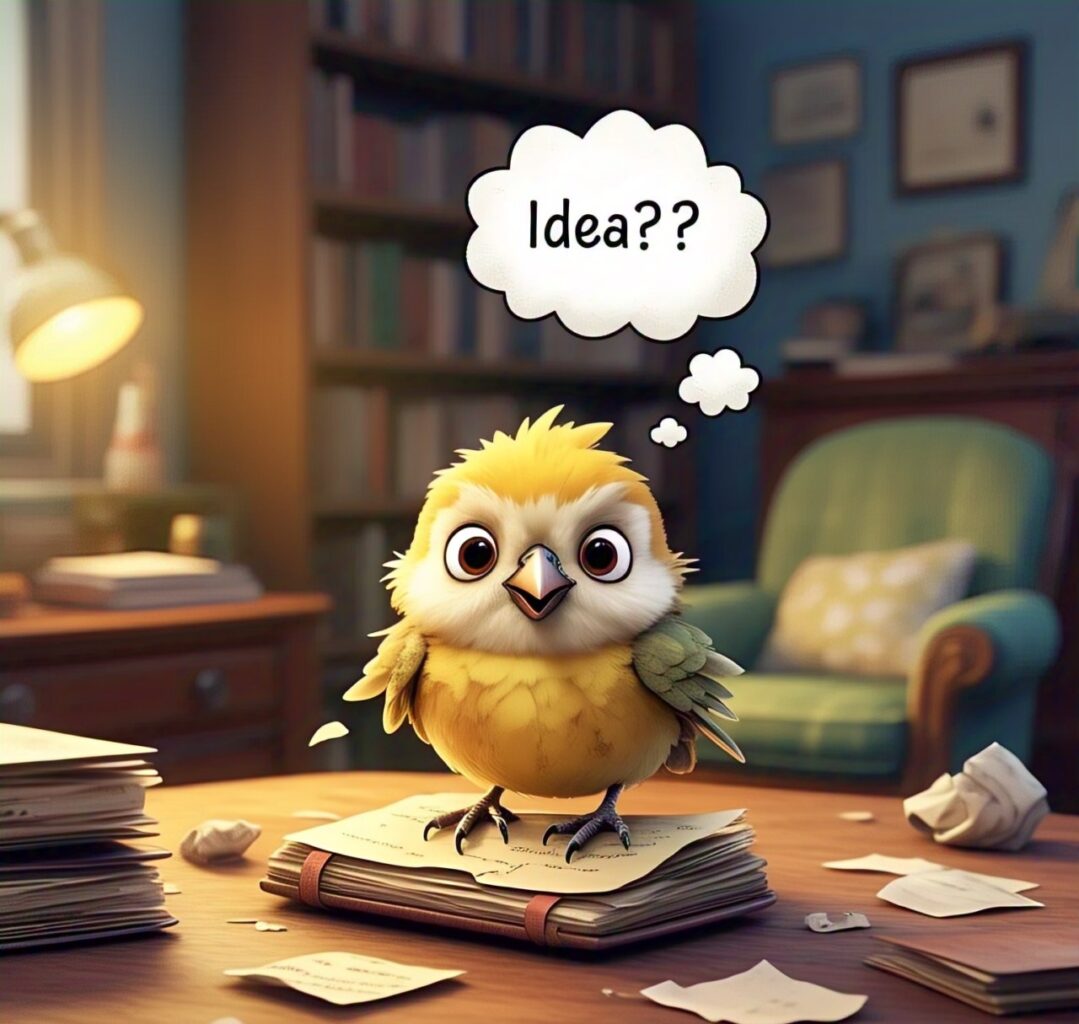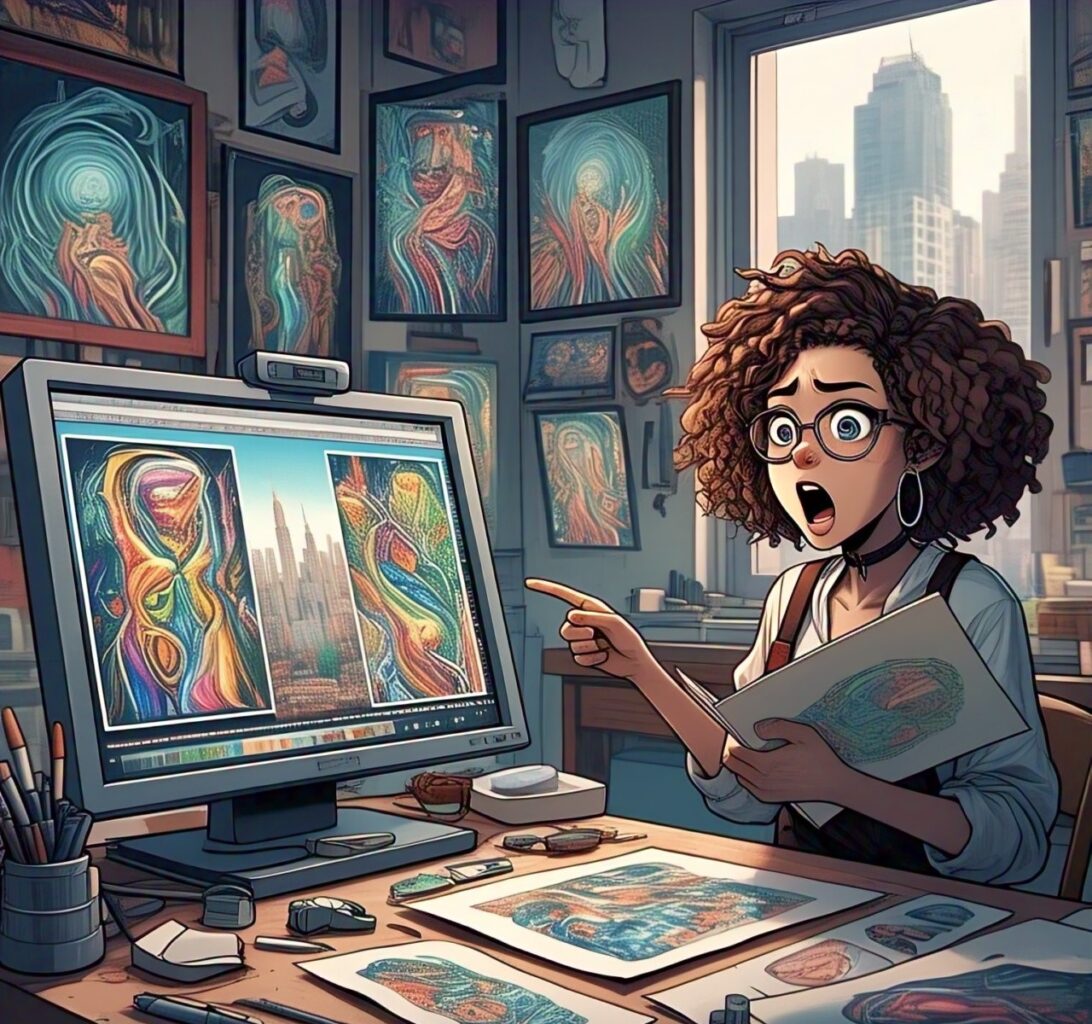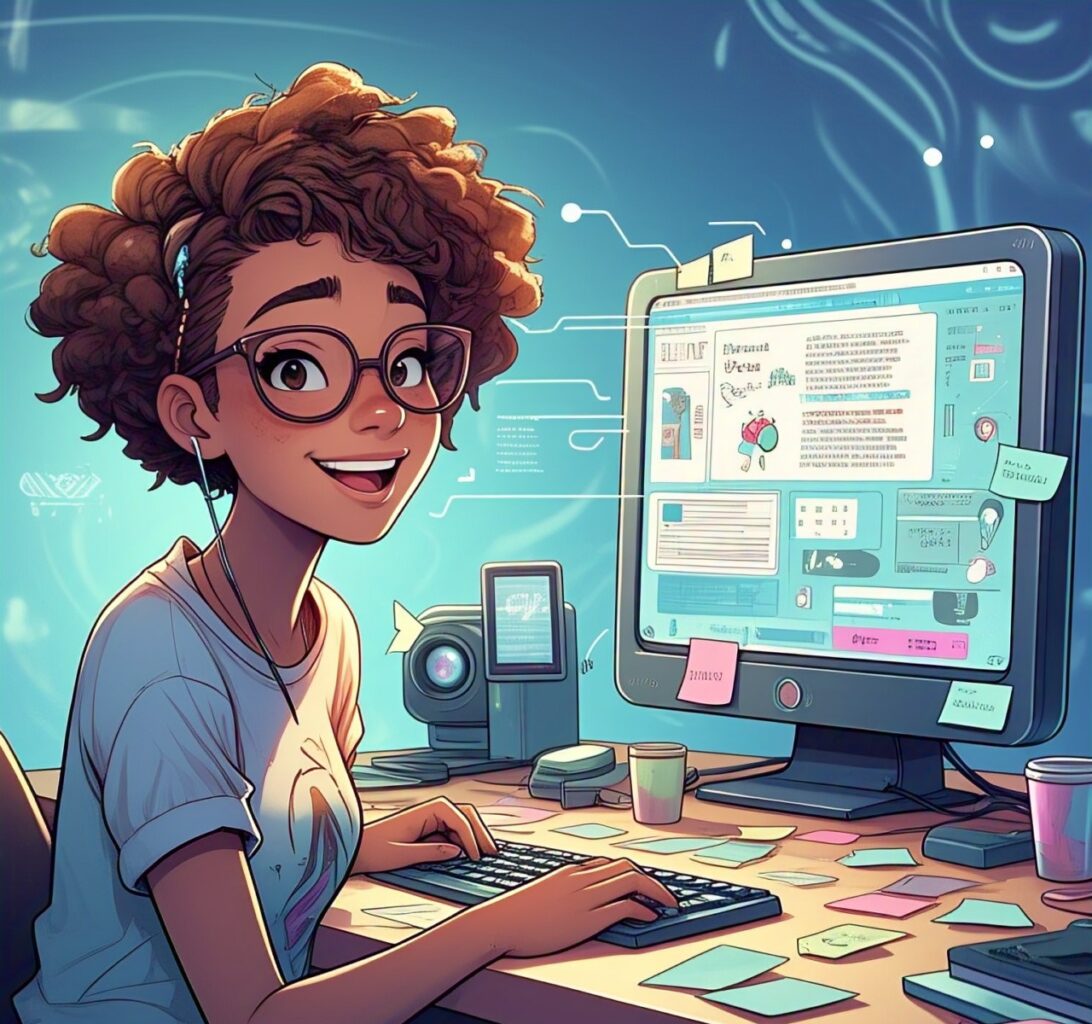Is ChatGPT secretly learning from your work? Here are 11 Ways to Protect Your Content from ChatGPT. In a digital world, there’s a growing concern: Are these tools using your original content to generate someone else’s blog, ad, or social post?
Take this real example: A small business owner used ChatGPT to help draft a product description. Weeks later, she found a competitor with nearly identical copy. It raised a serious red flag. She had unknowingly exposed her original wording—and possibly her competitive edge—to a system that learns from user inputs.
This kind of situation is becoming more common as creators, writers, and entrepreneurs rely on AI. That’s why protecting your digital content has never been more important.
In this article, we’ll walk through 11 powerful ways to protect your content from ChatGPT and similar AI models. Whether you’re a creative professional, business owner, or just getting started with AI, these strategies will help you stay in control—without giving up the benefits of the tools.
1. Can ChatGPT Steal Your Ideas?
ChatGPT inadvertently reproduce content similar to user inputs. When you input unique ideas or proprietary information, there’s a possibility that the model, trained on vast datasets, might generate outputs resembling your original content. This raises concerns about the inadvertent dissemination of proprietary information.
However, it can generate content that closely resembles existing material if that material was part of its training data. This raises concerns about originality and intellectual property.

Real-World Example: A blogger noticed that ChatGPT-generated articles on niche topics closely mirrored their own blog posts, suggesting that their content had been part of the AI’s training data.
Solution: Regularly monitor the web for duplicates of your content using tools like Copyscape or Google Alerts. If you find unauthorized copies, reach out to the hosting sites to request removal.
2. How ChatGPT Processes and Stores User Inputs
ChatGPT processes inputs in real-time, but user interactions can be stored to improve model performance. OpenAI’s data usage policies indicate that data from non-API interactions may be retained and used for training purposes unless users opt out. This means that your inputs could potentially influence future outputs of the model.

Real-World Example: A company using ChatGPT for drafting internal documents found similar phrasing in publicly available AI-generated content, raising concerns about data privacy.
Solution: Avoid sharing sensitive or proprietary information with AI tools. Use enterprise versions of AI platforms that offer data privacy assurances.
3. Understanding ChatGPT’s Memory and Data Retention
ChatGPT’s memory is session-based, meaning it doesn’t retain information between sessions unless explicitly designed to do so. However, OpenAI may store data from interactions for up to 30 days for abuse monitoring and model improvement. This temporary retention underscores the importance of being cautious with the information you share.

Real-World Example: An author found that unique phrases from their unpublished manuscript appeared in AI-generated content, suggesting that previous interactions with AI tools might have contributed to this leakage.
Solution: Be cautious about the information you share with AI tools. Use platforms that allow you to opt-out of data sharing for training purposes.
See Also: Is ChatGPT Your Writing Partner or an Illusion?
4. Risks of Sharing Sensitive Ideas with ChatGPT
Inputting sensitive or proprietary information into ChatGPT carries risks. There’s a possibility that such data could be inadvertently reproduced in responses to other users, leading to potential IP infringements. Moreover, if the data is stored, it might be susceptible to unauthorized access or breaches.

Real-World Example: A startup shared its innovative product concept with an AI tool for feedback. Later, similar ideas surfaced in AI-generated content online.
Solution: Use AI tools that guarantee data confidentiality. Consider using offline AI models for sensitive information.
5. Intellectual Property and AI – How to Protect Your Content from ChatGPT
The intersection of AI and IP law is complex. Currently, AI-generated content isn’t eligible for copyright protection in many jurisdictions, as it lacks human authorship. This creates a gray area where original content used to train AI models might be reproduced without clear legal recourse for the original creators.

Real-World Example: An artist found AI-generated images strikingly similar to their artwork being sold online, leading to legal disputes over originality and rights.
Solution: Register your work with appropriate intellectual property authorities. Stay informed about legal developments in AI and content ownership.
6. Real-World Cases: Allegations of AI Misusing Creative Content
Instances have emerged where AI tools have been accused of misusing creative content. For example, the Chicago Sun-Times faced backlash for publishing AI-generated articles that included fabricated book titles and misattributed quotes, highlighting the potential for AI to disseminate misleading or unauthorized content.

Real-World Example: A musician discovered AI-generated songs that mimicked their style and lyrics, raising concerns about AI’s impact on creative industries.
Solution: Use digital watermarking to embed identifiers in your content. This can help trace and prove ownership if disputes arise.
7. Protecting Your Ideas: Best Practices When Using AI Tools
To safeguard your content:
- Limit Sensitive Inputs: Avoid sharing proprietary or confidential information.
- Use API Access: Engaging with ChatGPT via API can offer more control over data usage.
- Opt-Out of Data Sharing: Adjust settings to prevent your data from being used for model training.
- Regularly Review Outputs: Monitor AI-generated content for potential IP infringements.

Real-World Example: A writer used AI to draft articles and later found similar content published elsewhere, suggesting that their inputs had influenced AI outputs.
Solution: Use AI tools that offer data privacy options. Regularly review and manage your data sharing settings.
See Also: ChatGPT Down Today & OpenAI Status Update
8. How to Adjust ChatGPT Settings for Enhanced Privacy – How to Protect Your Ideas?
To enhance privacy:
- Access Settings: Click on your name, then navigate to ‘Settings’.
- Data Controls: Under ‘Data Controls’, toggle off the option labeled “Improve the model for everyone”.
- Use Incognito Mode: This mode ensures that your conversations aren’t stored or used for training purposes.

Real-World Example: A business adjusted its AI tool settings to prevent data sharing, reducing the risk of proprietary information being used elsewhere.
Solution: Review the privacy settings of your AI tools. Opt-out of data sharing where possible. Use enterprise versions that offer enhanced privacy features.
9. AI as a Creative Partner vs. a Potential Threat – Ways to Protect Your Content from ChatGPT
While AI can be a valuable tool for content creation, there’s an ongoing debate about its role. Some view it as a collaborative partner that enhances creativity, while others see it as a threat that could undermine original work and IP rights. Striking a balance between leveraging AI’s capabilities and protecting creative integrity is crucial.

Real-World Example: A design firm used AI to generate concepts but later found similar designs being used by competitors, raising concerns about originality.
Solution: Use AI as a tool to enhance creativity, not replace it. Ensure that final outputs are original and not solely AI-generated.
10. Future Implications: AI Development and Content Ownership
As AI continues to evolve, questions about content ownership will become more pressing. Developing clear legal frameworks and ethical guidelines will be essential to ensure that creators’ rights are protected in an increasingly AI-driven landscape.

Real-World Example: An author found that AI-generated summaries of their work were being distributed without permission, affecting their book sales.
Solution: Monitor the use of your content online. Use tools to track and manage where and how your content is shared.
11. Final Thoughts: Navigating Creativity in the Age of AI
Incorporating AI into the creative process offers numerous benefits, but it’s imperative to remain vigilant about protecting your content. By understanding how AI models like ChatGPT operate and implementing best practices, creators can harness the power of AI while safeguarding their intellectual property.

Real-World Example: A content creator used AI to brainstorm ideas but ensured that the final content was uniquely crafted, maintaining originality while leveraging AI’s capabilities.
Solution: Use AI as a supportive tool, not a replacement. Maintain control over your creative process to ensure originality and protect your content.
FAQs – Ways to Protect Your Content from ChatGPT
Q1: Can ChatGPT reproduce my original content?
While ChatGPT doesn’t intentionally reproduce specific user inputs, there’s a possibility that similar content could be generated based on the data it was trained on.
Q2: How can I prevent my data from being used to train ChatGPT? Ways to Protect Your Content from ChatGPT
By adjusting your settings to opt out of data sharing and using features like Incognito Mode, you can reduce the likelihood of your data being used for training purposes.
Q3: Is content generated by ChatGPT protected under copyright law?
Currently, AI-generated content lacks human authorship, making it ineligible for copyright protection in many jurisdictions.
Q4: What are the risks of sharing sensitive information with ChatGPT?
Sharing proprietary or confidential information can lead to unintended dissemination or reproduction, potentially compromising your intellectual property.
Q5: How can I use ChatGPT responsibly as a content creator?
Limit the sharing of sensitive information, regularly review AI-generated content for potential infringements, and stay informed about best practices and legal developments related to AI and IP rights.
Learn more about Latest AI News & AI Prompting?
Explore more on:
- Top 10 Latest AI News May 2025
- Why is Chatgpt So Slow & How to FIx This Issue
- Can ChatGPT Steal Your Ideas? How to Protect Your Ideas?
- The Ultimate Guide to LLM Prompting
- What Exactly Are AI Prompts? A Simple Explanation for Everyone
- Understanding the Basic Structure of Effective LLM Prompts
- LLM Prompts for Beginners: Your First Steps to AI Text Generation
- The Secret to Writing Effective LLM Prompts for Engaging Blog Posts
- Boost Your Social Media: Proven LLM Prompts for High-Impact Content
- Crafting Compelling Emails with AI: Effective LLM Prompt Strategies
- Unleash Your Creativity: Mastering LLM Prompts for Story Writing
- Generate High-Converting Product Descriptions with These LLM Prompts
- LLM Prompts That Actually Work for Summarizing Long Documents

